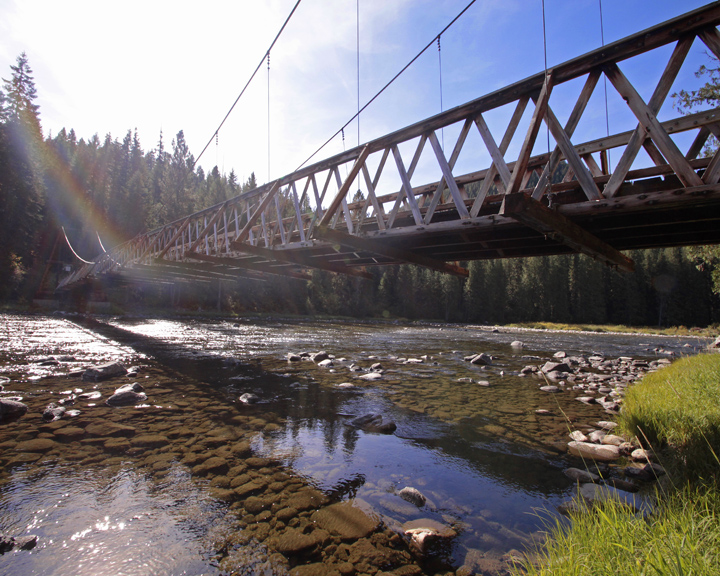With 1.2 million acres of roadless lands in the Clearwater Basin, the question of how much and where Wilderness should be designated has been the source of debate and controversy for over 50 years. Several years ago conflict erupted between ATV users and conservationists over the use of the Fish Lake Trail. ATV users wanted the trail to remain open to riding. Conservationists wanted congress to designate Fish Lake and the surrounding area as wilderness. The fight was taken to court, but conflict over the backcountry continued even after the judge brought down his gavel
- Battles over which areas should be Wilderness in the Basin is longstanding.
- Resolution is key for public land management.
- Resolution would quell contention and allow focus on other important issues.
Background
With enactment of the 1964 Wilderness Act, the Selway Bitteroot Wilderness was designated and the Gospel Hump Wilderness followed in 1978. The Frank Church River of No Return Wilderness area was established in 1980 and since that time no additional Wilderness areas have been established. Current Forest Plans recommend areas for Wilderness designation and the Idaho Roadless Rule identifies areas to be managed for “Wildland Recreation” which is generally consistent with recommended wilderness.
Over the course of the last 3 years, the CBC Land Allocation Subcommittee reviewed all of the roadless areas, which included over a million acres and recommended five back country areas for wilderness designation. The areas being discussed include: Selway-Bitterroot Additions, Great Burn, Mallard Larkins (with the caveat of engaging Shoshone County, the Coeur d’Alene Tribe, and other stakeholders), East Meadow Creek, and Cayuse Creek (aka East Bighorn-Weitas roadless area).
After years of conflict, members of the CBC came together in an effort to resolve their differences. A Land Allocation Subcommittee was formed with the goal of striking a balance between competing uses of the back country, such as wilderness, off-road vehicle recreation, mining, and timber.

The subcommittee’s current priority…
Is to resolve disputes between snowmobilers, miners and conservationists regarding boundaries for the proposed Great Burn Wilderness Area. The subcommittee hopes to reach an agreement that is acceptable to all parties.
Other roadless areas that are being considered for wilderness or other backcountry designations include the Mallard-Larkins Roadless Area, Cayuse Creek Drainage, Meadow Creek, and potential additions to the Selway-Bitterroot Wilderness near Elk Summit.
Although not on the Subcommittee’s current docket, the body may also eventually consider potential additions to the wild and scenic rivers system, such as Kelly Creek, Meadow Creek, Johns Creek, and the Little North Fork and North Fork Clearwater Rivers.
